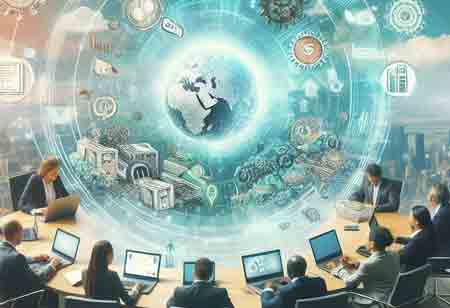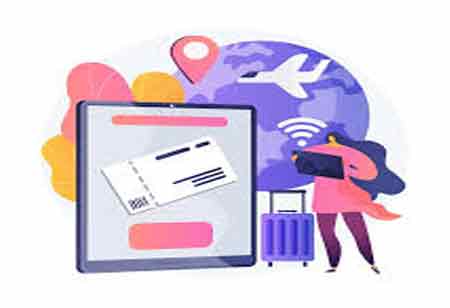THANK YOU FOR SUBSCRIBING

By
Banking CIO Outlook | Wednesday, January 31, 2024
Stay ahead of the industry with exclusive feature stories on the top companies, expert insights and the latest news delivered straight to your inbox. Subscribe today.
Bank loans and credit analysis are undergoing a significant change due to the digital lending revolution. Credit scores primarily drive the consumer lending sector. Still, several alternatives have entered the market that cast doubt on credit scores due to the advent of big data and technological advancement.
Fremont, CA: Every ten years, client demand and technological advancement fundamentally alter the financial services industry serving consumers.
The financial services sector has been facing turmoil recently. People can decide how they want to handle their payments, finance a home or automobile, pay for goods and services, or even borrow money due to several technological and economic variables.
Many tech-driven financial services companies that cater to consumers have entered the market to address these shifts and influence the direction of finance in the future. Due to the entrants, lending has emerged as one of the most lucrative financial app concepts.
What is Affecting the Changing Digital Consumer Lending Environment?
Bank loans and credit analysis are undergoing a significant change due to the digital lending revolution. Credit scores primarily drive the consumer lending sector. Still, several alternatives have entered the market that cast doubt on credit scores due to the advent of big data and technological advancement.
Four elements are driving the digitalization of consumer financing when we examine the developments occurring in the financial sector. Those may include changing consumer behaviors, rapid technological changes, changes in compliance and regulations, and innovations in simplifying operating models.
These four reasons have resulted in an era of product innovations combined with consumer data to provide more inclusive fintech consumer loans. In the future, financial services will cater to highly creditworthy customers and consumer sectors with poor credit histories, such as low-income households, students, freelancers, etc.
The Transformation of Digital Lending With Technological Advancements
As technology advances, some of the ways that digital lending technology is evolving could be:
Emergence of a New Method for Screening Applications:
The foundation for new credit mechanisms is the idea that traditional methods of approving applicants based only on their FICO credit score are an inadequate indicator of their creditworthiness.
AI is being included in the development of new models. These models check whether an applicant can pay off loans on schedule by considering hundreds of data points, including employment history, educational background, and spending patterns. These insights are leading to the emergence of a new credit-scoring mechanism that will shape lending in the future.
AI-Backed Strategy and Sales Streamlining:
Digital lenders have begun to request that their affiliated fintech app development firms apply AI and machine learning to banking to improve the underwriting process for loans. The algorithms can verify the candidates' honesty based on their income level.
The procedure is most appropriate for those with limited income or credit history or those who pay higher interest rates due to incomplete financial information. Additionally, machine learning is being employed extensively due to its ability to identify fraud by analyzing consumer behavior, which is supported by the time users spend using applications, examining pricing alternatives, etc.
Blockchain Makes Middlemen Unnecessary:
Blockchain technology allows digital lending companies to create a low-cost, high-trust platform. The online loan process eliminates the need for middlemen and third parties by enabling users to maintain a record of papers and transactions on an anonymous digital ledger platform.
Innovation and consumer expectations will continue to drive and define the digital lending ecosystem. Some commonalities throughout successful models will hold in the future. They use hundreds of data points for customer acquisition, digitally source customer data, provide instantaneous and remote approval, create data-driven methods for repayment, and interact with customers online.
THANK YOU FOR SUBSCRIBING
Be first to read the latest tech news, Industry Leader's Insights, and CIO interviews of medium and large enterprises exclusively from Banking CIO Outlook
I agree We use cookies on this website to enhance your user experience. By clicking any link on this page you are giving your consent for us to set cookies. More info



